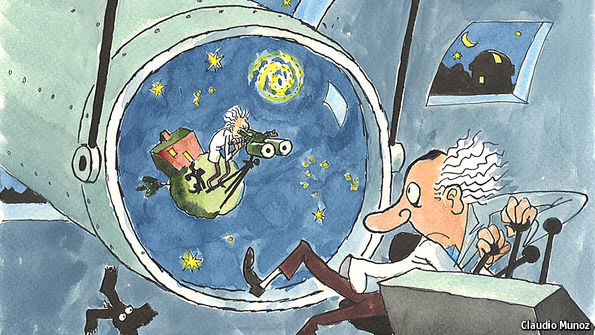How to take pictures of exoplanets

IN THE quarter of a century since the first extrasolar planets were discovered, astronomers have turned up more than 3,500 others. They are a diverse bunch. Some are baking-hot gas giants that zoom around their host stars in days. Some are entirely covered by oceans dozens of kilometres deep. Some would tax even a science-fiction writer’s imagination. One, 55 Cancri e, seems to have a graphite surface and a diamond mantle. At least, that is what astronomers think. They cannot be sure, because the two main ways exoplanets are detected—by measuring the wobble their gravity causes in their host stars, or by noting the slight decline in a star’s brightness as a planet passes in front of it—yield little detail. Using them, astronomers can infer such basics as a planet’s size, mass and orbit. Occasionally, they can interrogate starlight that has traversed a planet’s atmosphere about the chemistry of its air. All else is informed conjecture.
What would help is the ability to take pictures of planets directly. Such images could let astronomers deduce a world’s surface temperature, analyse what that surface is made from and even—if the world were…Continue reading
Source: Economist




